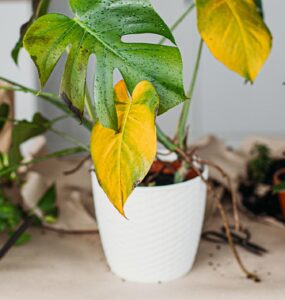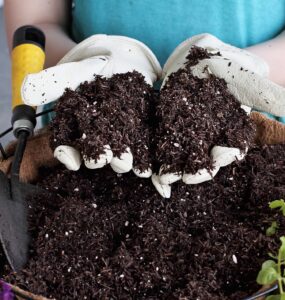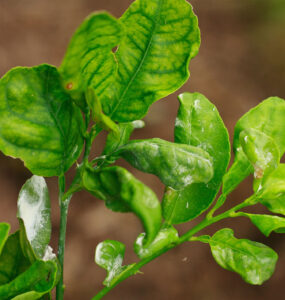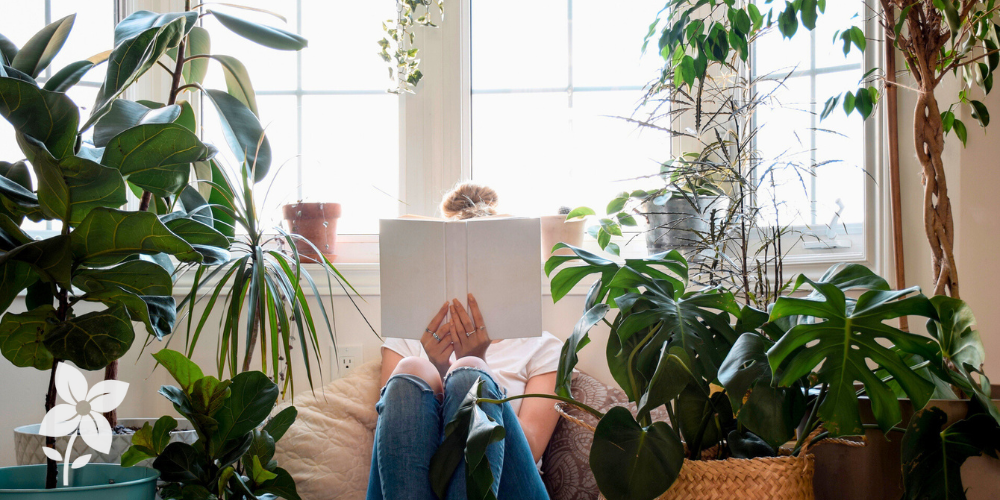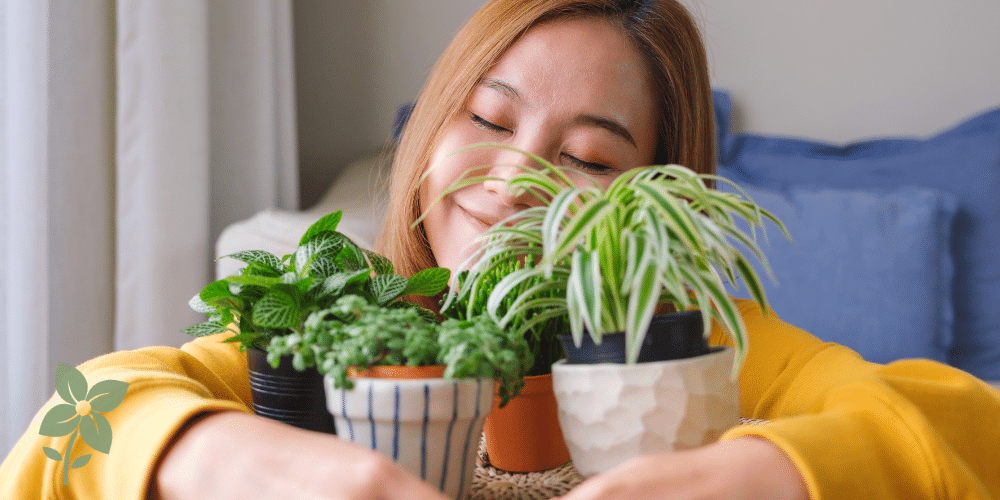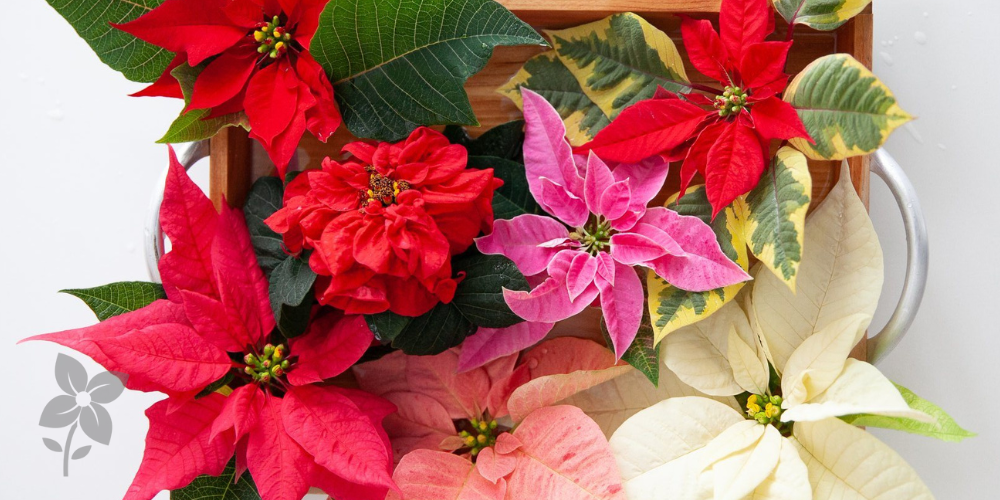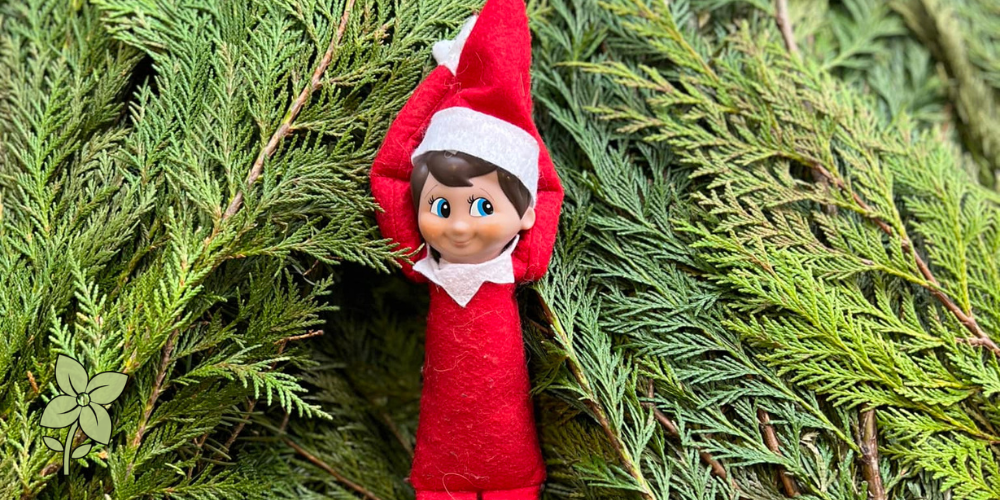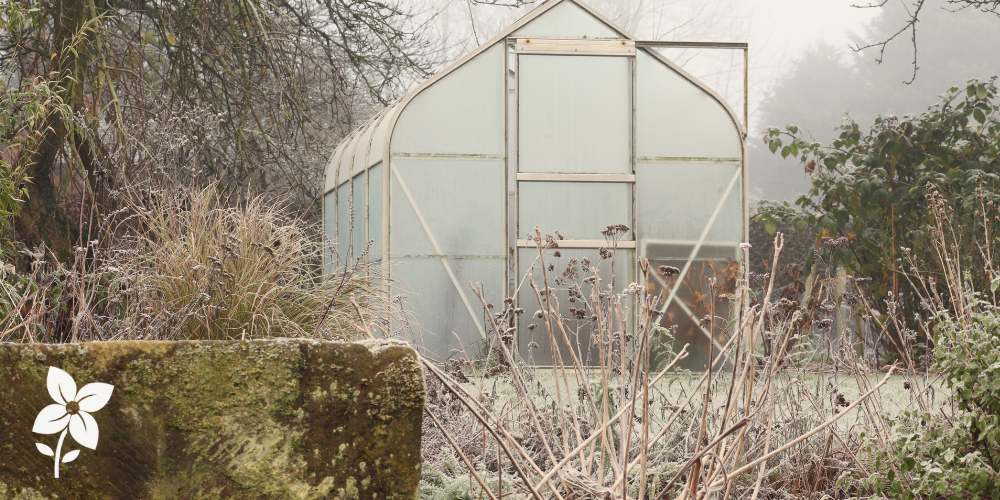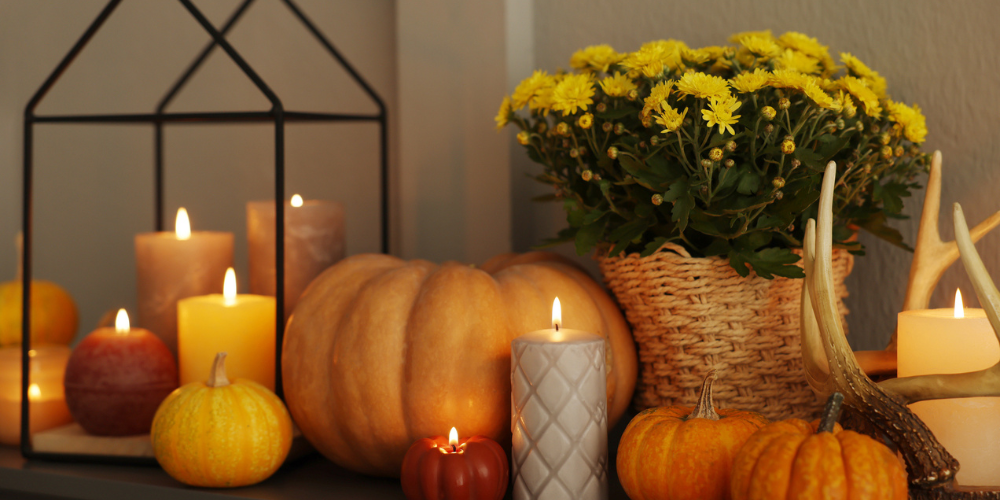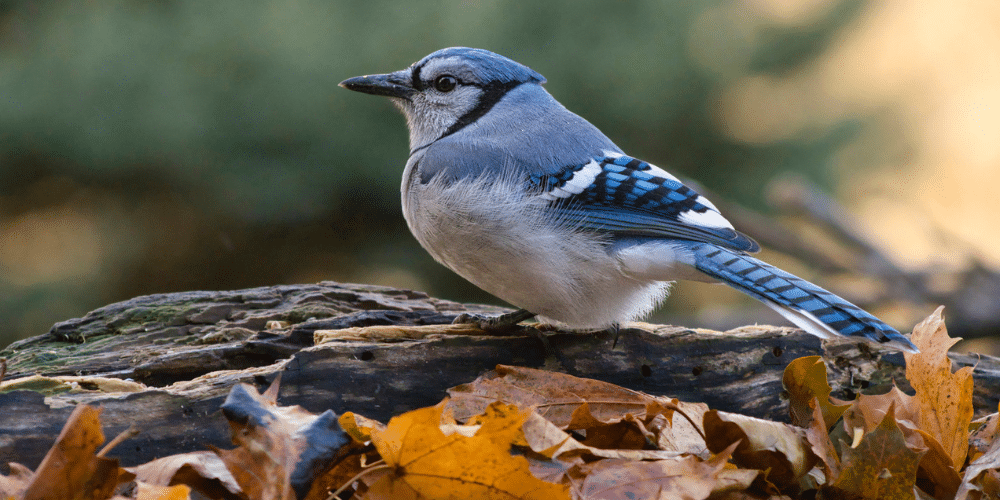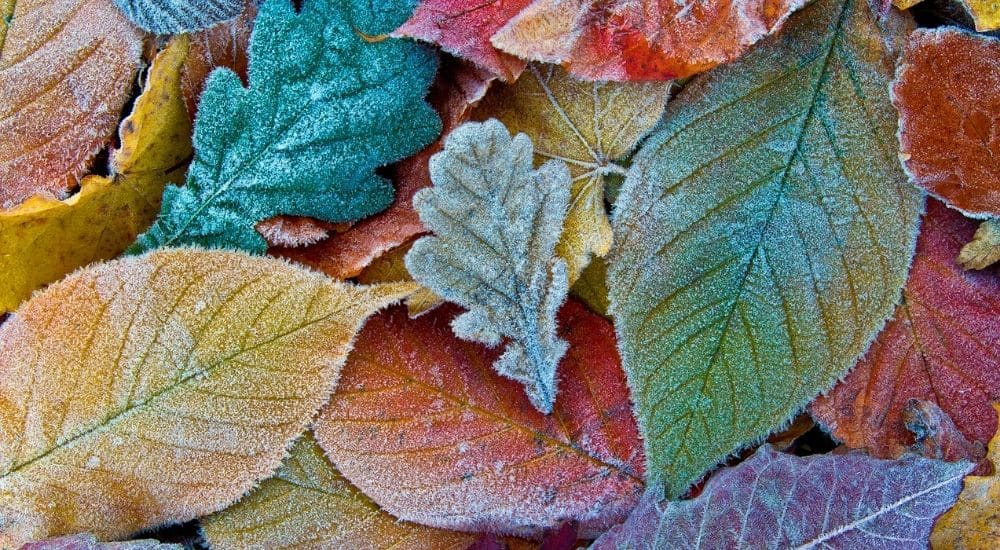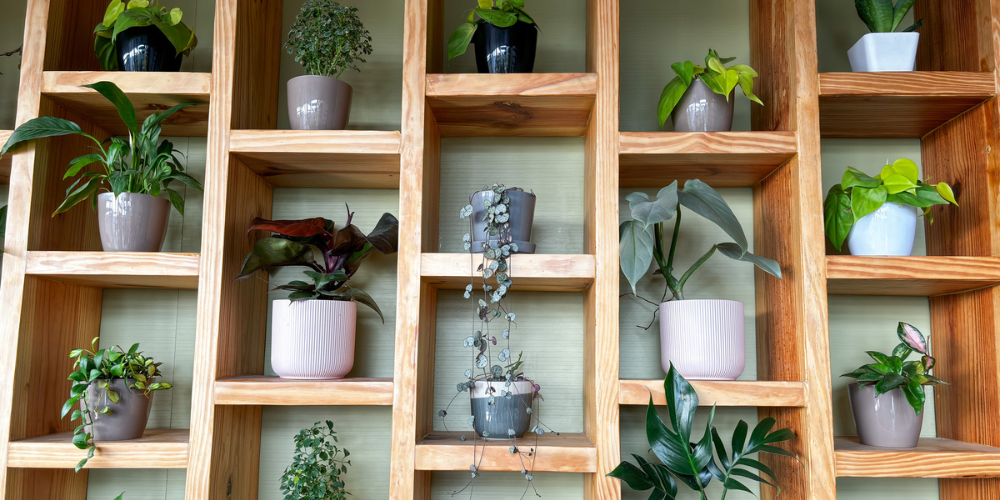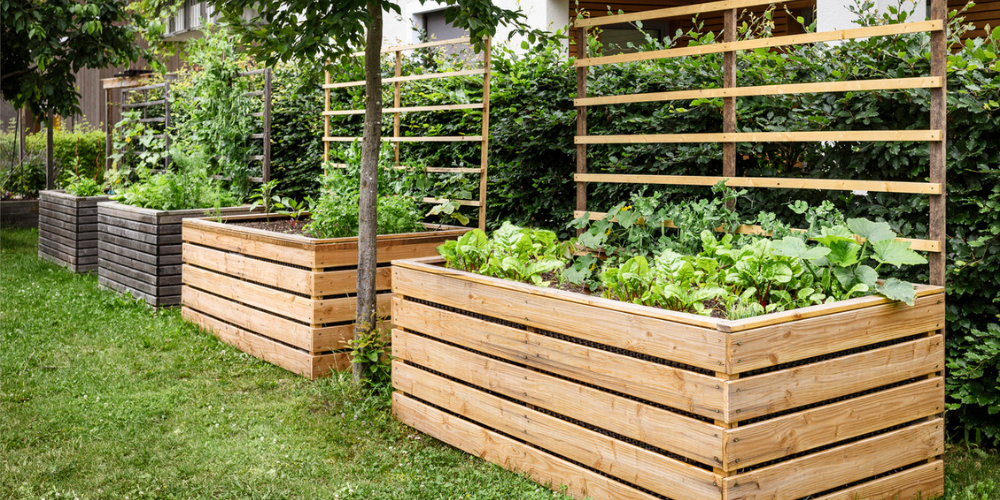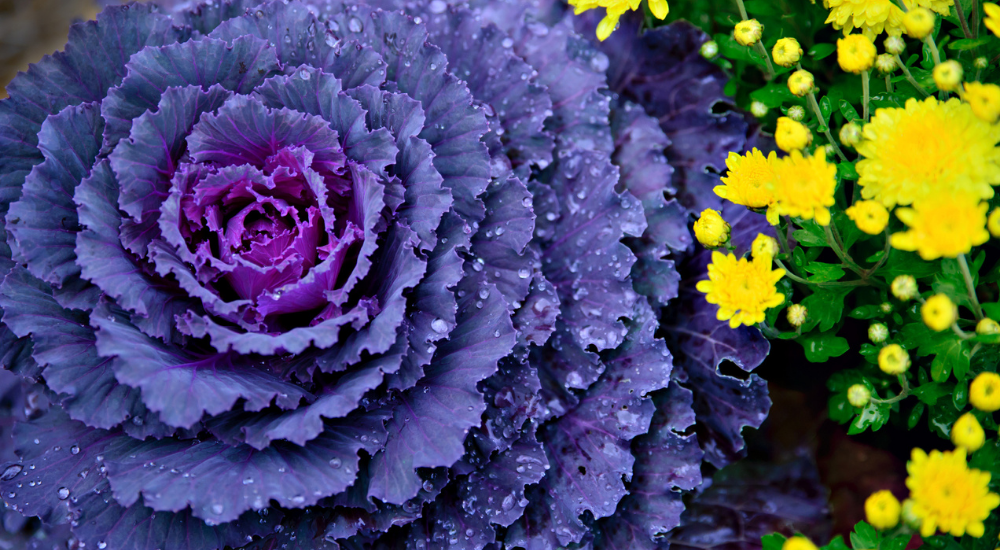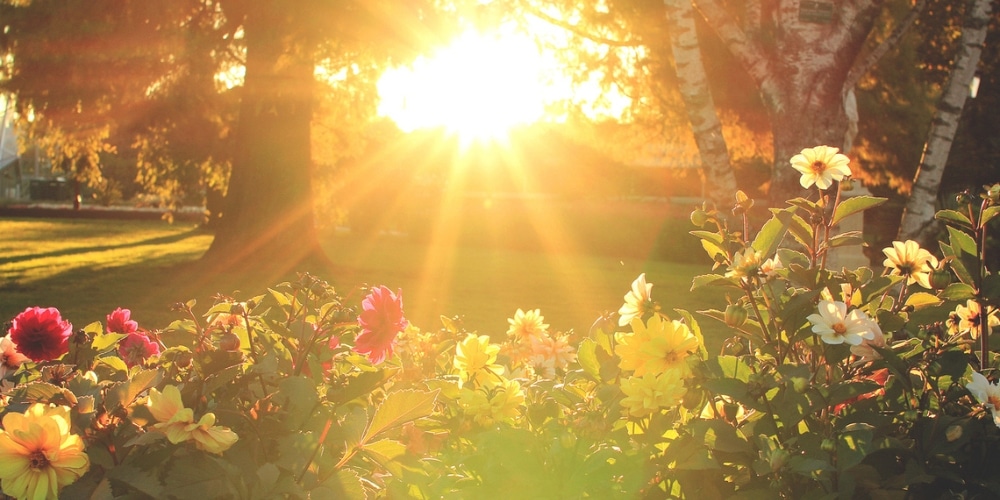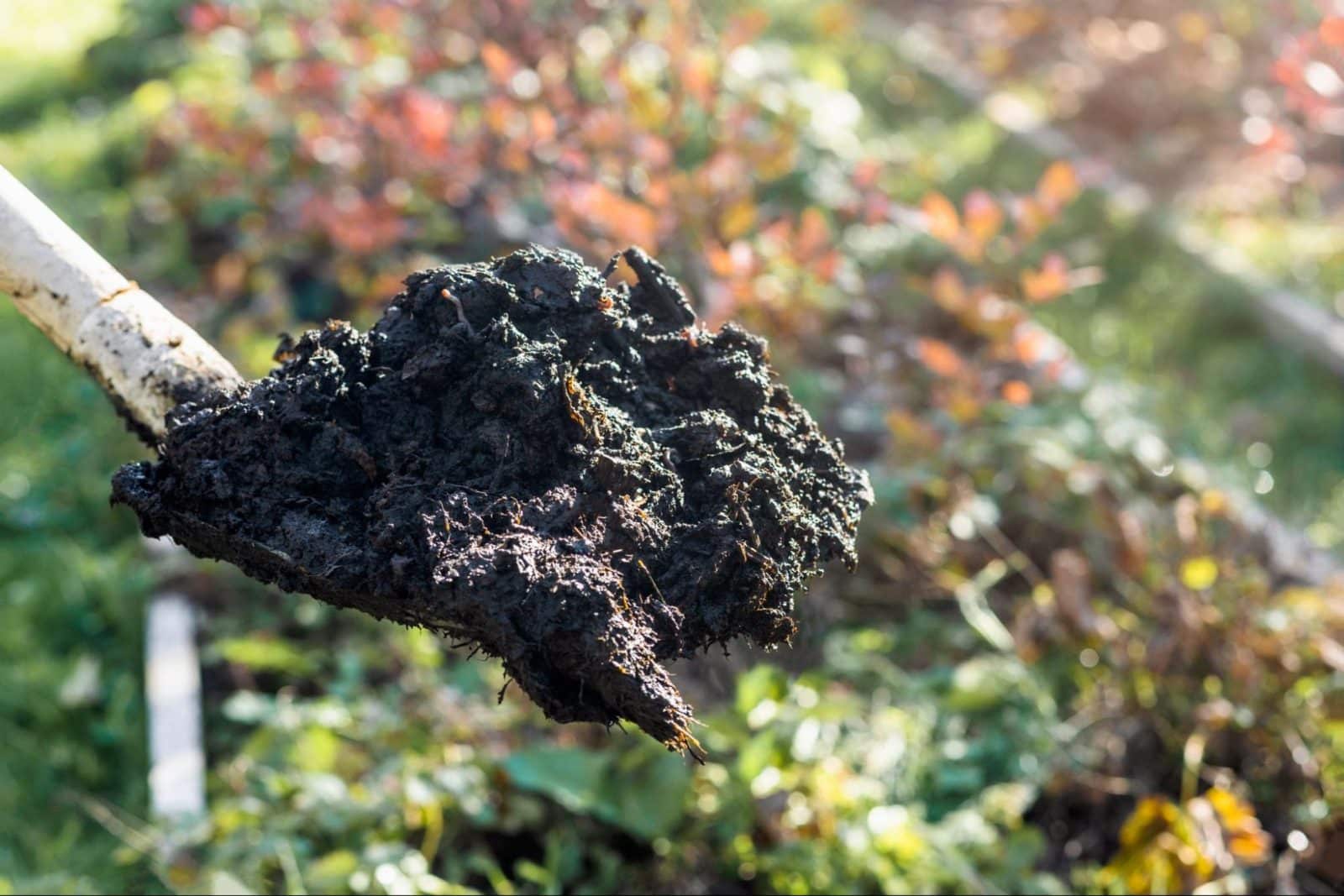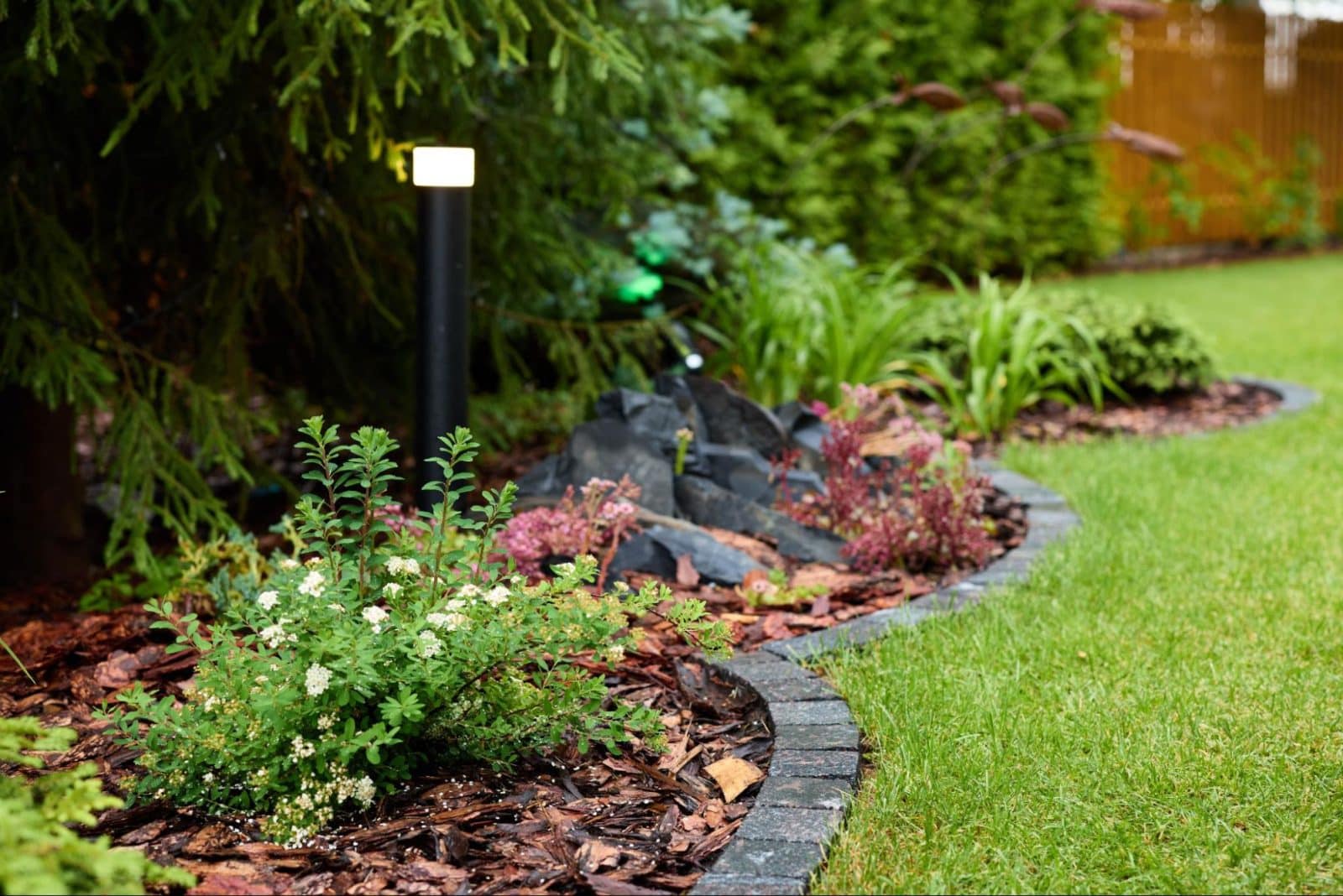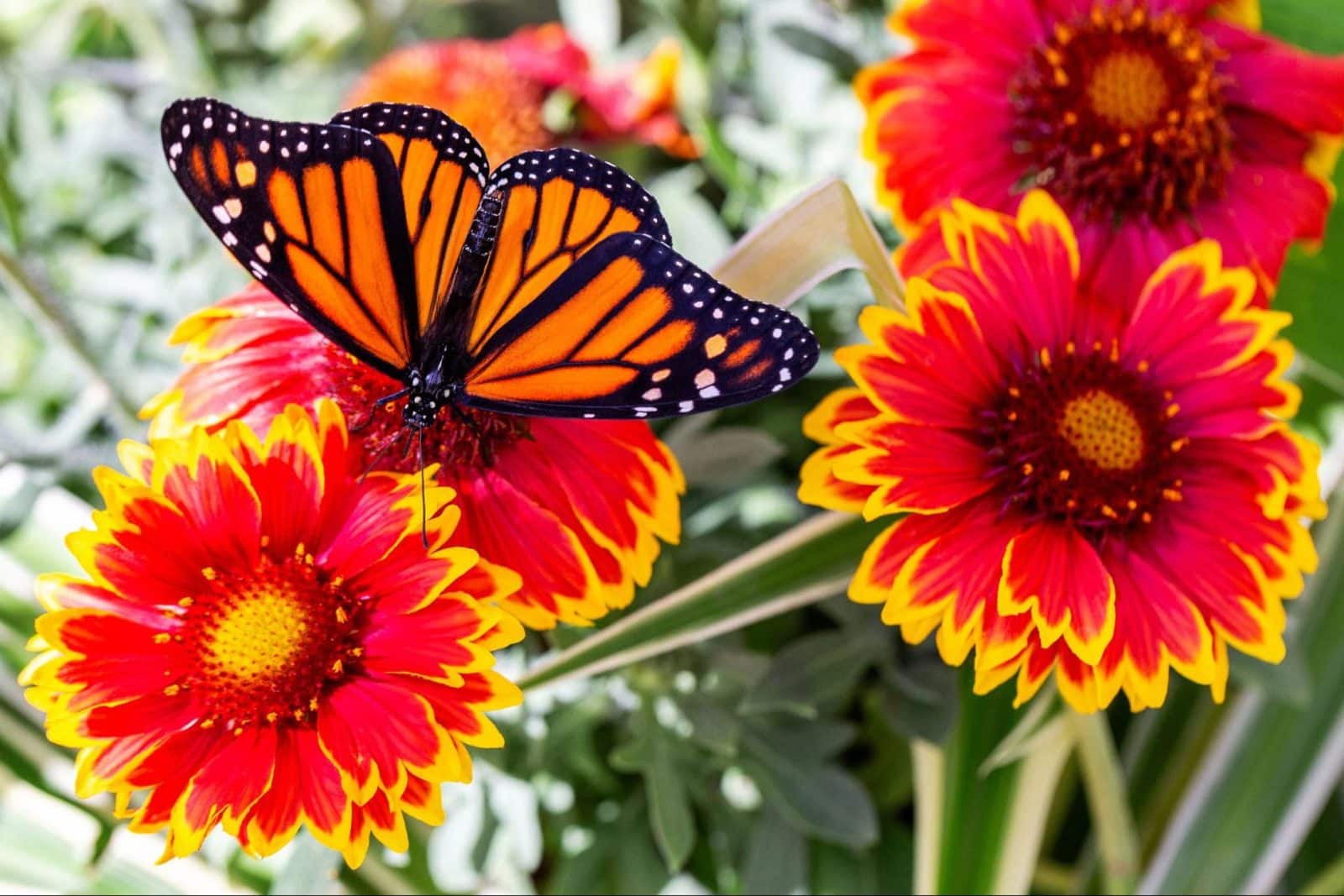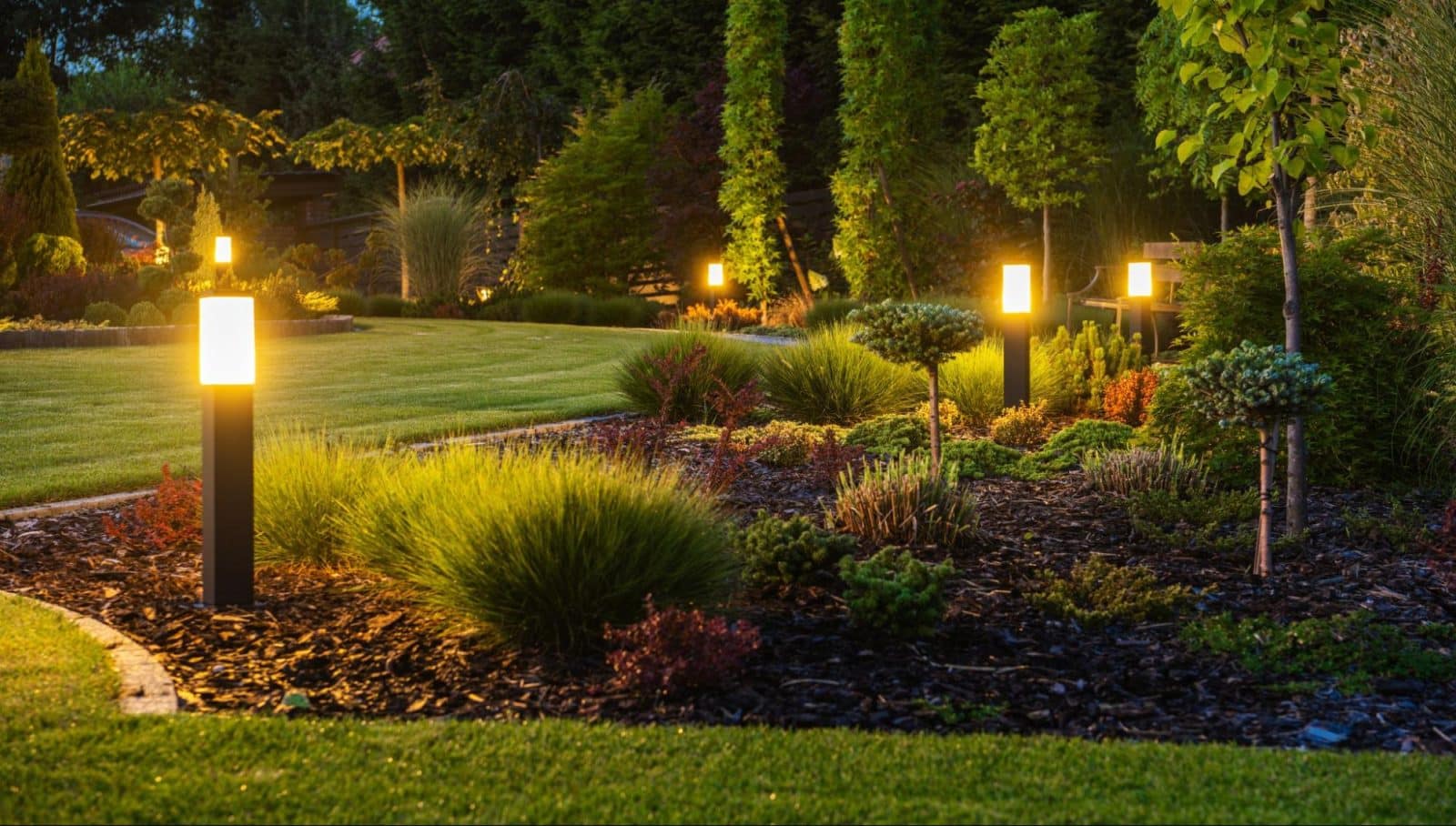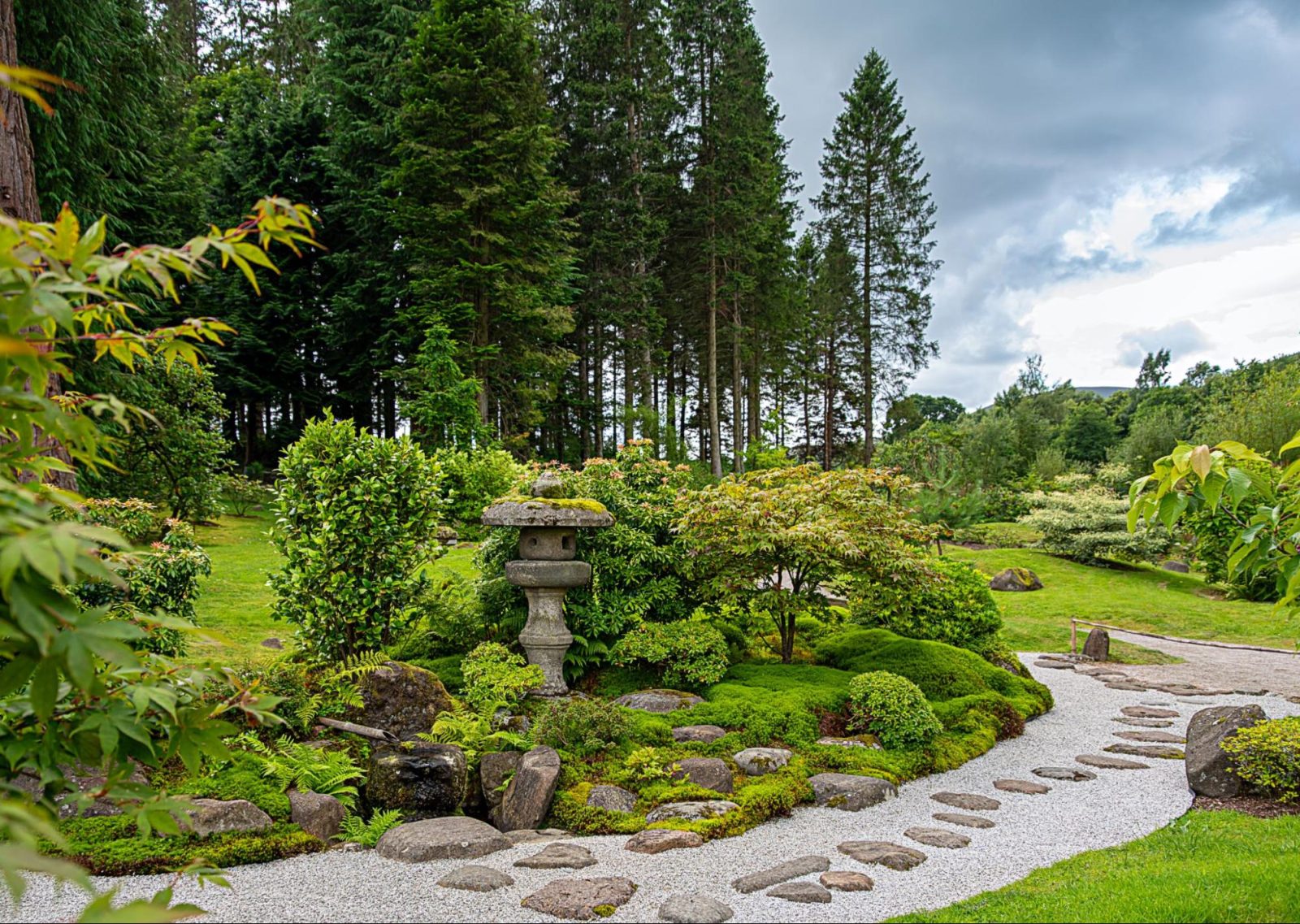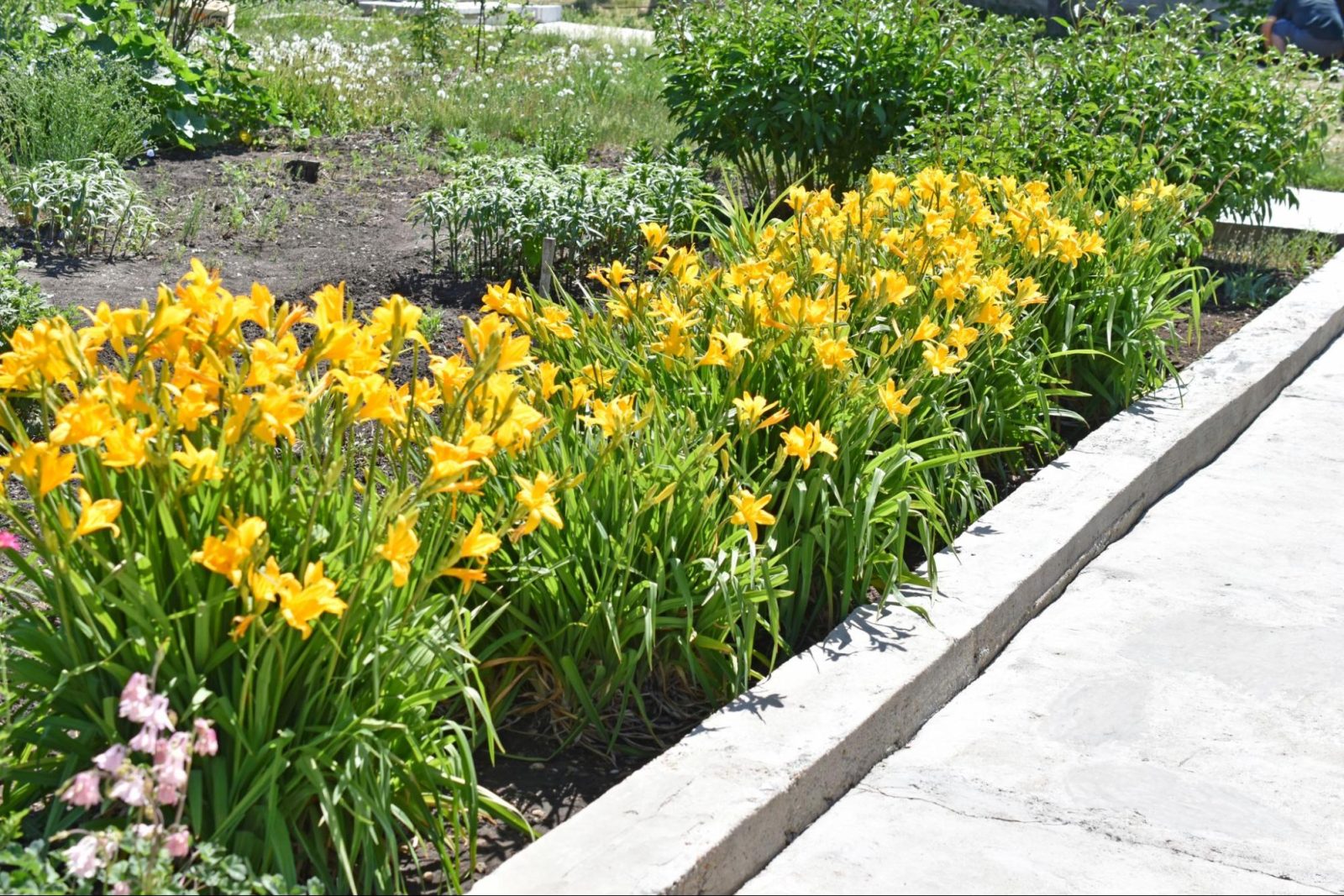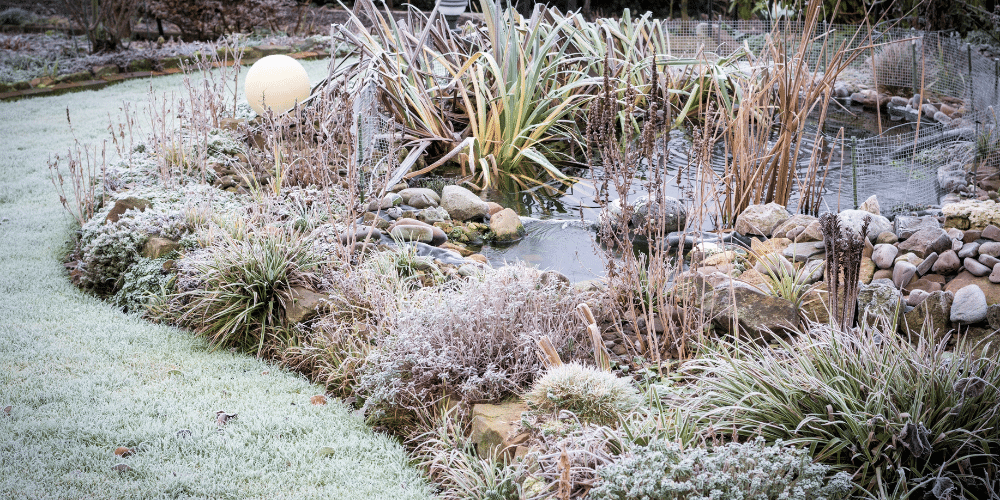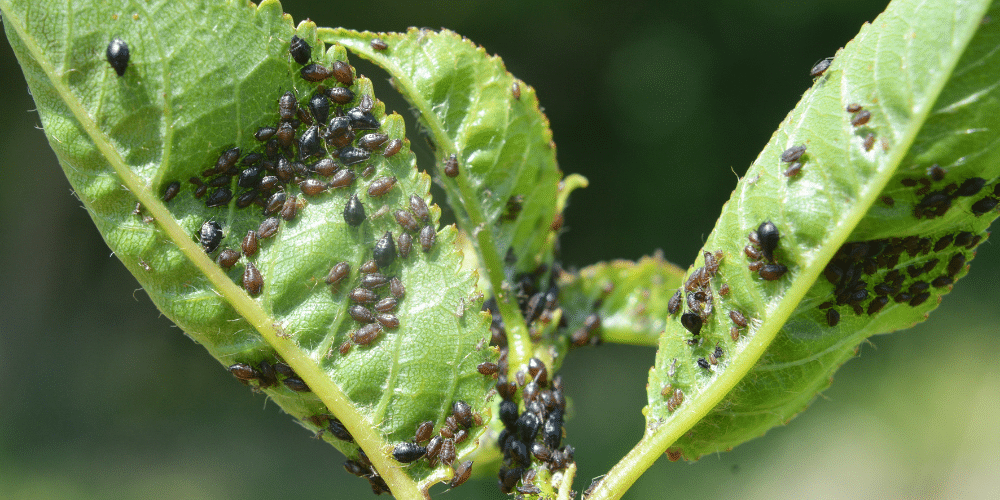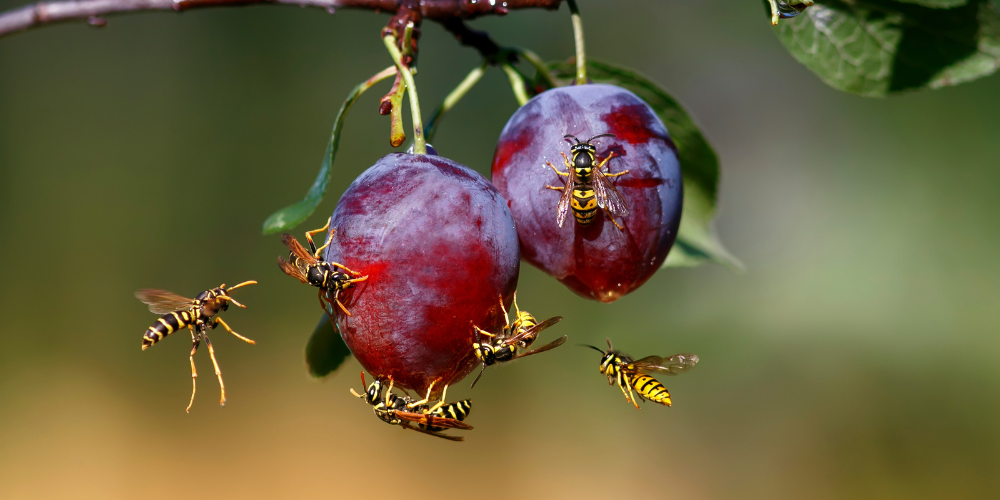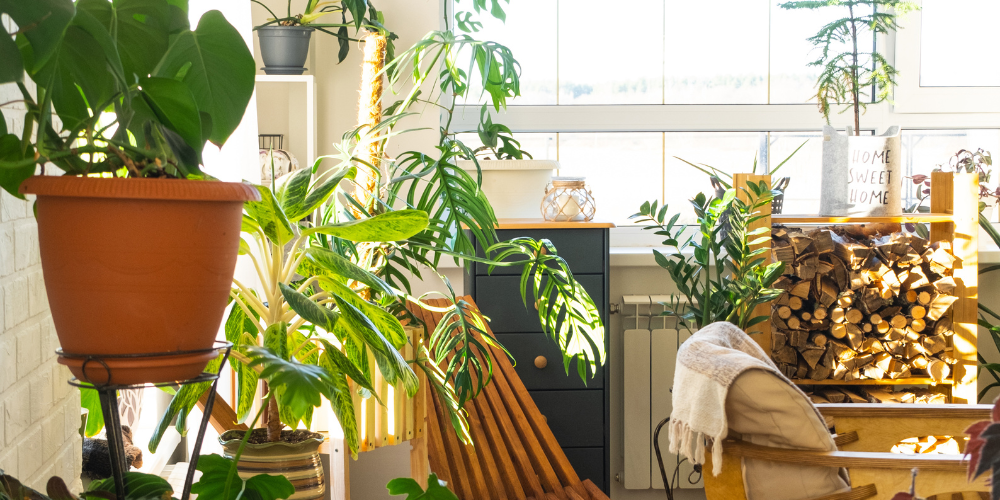
Aloe Vera
By Rob Sproule
Aloe Vera Care
Watering Basics
Health Benefits
Dividing Them
“I believe the 21st Century will confirm Aloe Vera to be the greatest medicine mankind has ever known.”
– Lee Ritter
Aloe Veras are a popular houseplant with a secret, super-healing identity. These North African natives are most famous for topical sunburn relief but they have a host of other benefits that science is starting to uncover.
Aloe Vera Care:
You may have bought your aloe as a houseplant, superfood, or healing plant, but above all it’s a succulent. And like all succulents, too much love is the fastest way to kill them.
Aloes want bright light, so give them access to a south and/or west window. Keep at least a foot from the glass, however, as the UV rays (amplified by the glass) can burn the fleshy leaves. It doesn’t need fertilizer. In fact, fertilizing often does more harm than good because people use too much of it. If you do fertilize, do it once a year in early spring with an all purpose at half strength.
Learn more about the benefits of Aloe Vera, with Alberta’s Best Gardening Blog
Watering Basics:
The soil should feel dry down to the first knuckle before watering. When you do water (will be every week or two), water a lot (lukewarm is best), until it flows freely out the bottom. That flushes the salts out. Make sure it doesn’t sit in a saucer of water; they hate wet feet. If the leaves thin and curl, it’s not getting enough water. Usually it’s the opposite problem, with leaves eventually going limp and rotting.
Check your drainage. Turn your pot upside down and, if you only see one of two little holes, punch some new ones. You want the water to flow through like a sieve. What kind of soil is it in? If it’s dark and loamy, it’s probably not draining well enough. Keep an eye on it and when it’s time to repot, add cactus soil with rocks at the bottom.
Health Benefits:
Aloe is a topical healer, so you’ll typically rub the sap on your skin or buy it processed into an oil, lotion, etc. Before you go snapping leaves off and rubbing sticky goo on your sunburn, here are some harvesting rules of thumb:
- Only remove 1 leaf at a time, starting with the larger leaves at the edge
- Cut near the base with a clean sharp knife
- Let the yellow sap (aloin) run out
- Wash the leaf and cut off the serrated edges
- Remove the skin completely to expose the white translucent flesh. That’s the good stuff!
- Rinse and use
Besides sunburns, aloe is excellent (and proven) as:
- A skin care product, particularly as a moisturizer on the face
- Antibacterial aid for cuts and small wounds
- Protects the skin from UV damage from the sun
Dividing Them:
Once your aloe is mature, you’ll see “pups” growing from the base of the mother plant. Wait until they’re a manageable size and then remove them with a sharp knife (don’t yank them off). Get as many of the pup’s roots as possible. Transplant its own small pot with cactus soil and you have a new aloe! Removing the pups frees up room for the mother plant, so I’d do it even if you’re not planning to keep it.
Plant the pup in a small pot (so the soil doesn’t stay waterlogged). You’ll want to, but resist watering until the roots are established; about 2 weeks. You’ll want to pick the pup in late winter or early spring. The mother plant will be slow growing and will be far less impacted than when it’s growing at full speed.

